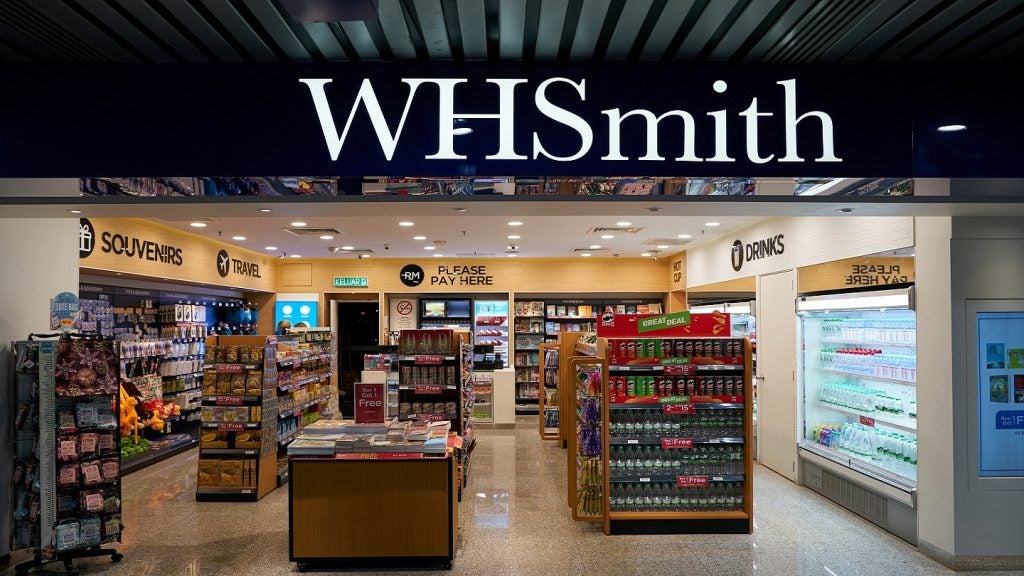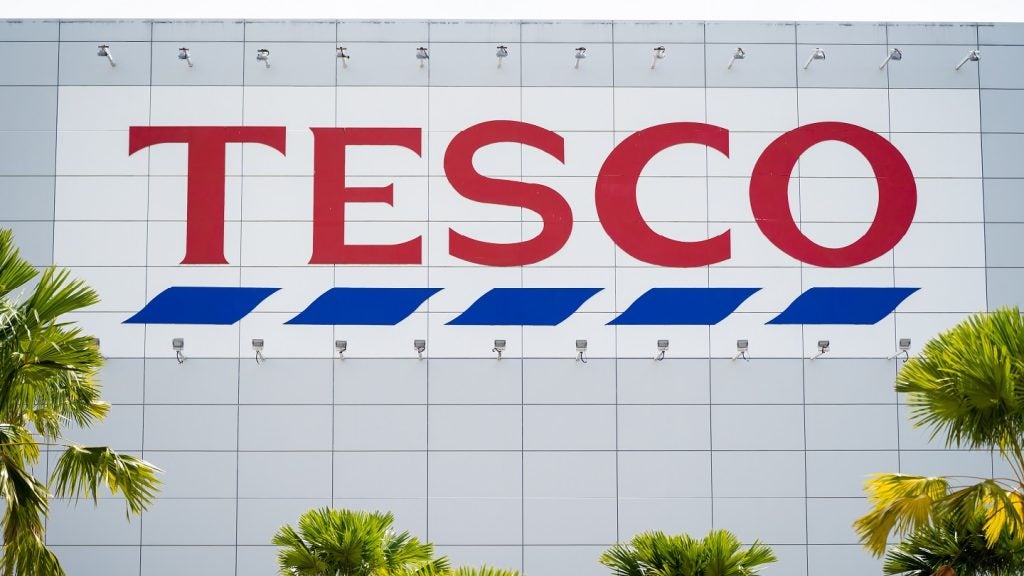
Consumer spending remained resilient in the month of July as inflation eased, according to a report from the US Commerce Department.
Retail sales, particularly online spending, surpassed expectations, indicating a positive trend in the economy despite concerns about inflation and interest rate hikes.
The advanced retail sales report revealed a seasonally adjusted increase of 0.7% for July, surpassing the Dow Jones estimate of 0.4%.
The growth was even more pronounced when excluding automobile sales, with a robust rise of 1%, exceeding the predicted 0.4% increase. These figures mark the most significant monthly gains since January.
Diverse sectors boost July’s numbers
Online retailers experienced a significant boost in July, with a 1.9% surge in spending.
Sporting goods and related stores also performed well, showing a 1.5% increase while foodservice and drinking places saw a rise of 1.4%.
How well do you really know your competitors?
Access the most comprehensive Company Profiles on the market, powered by GlobalData. Save hours of research. Gain competitive edge.

Thank you!
Your download email will arrive shortly
Not ready to buy yet? Download a free sample
We are confident about the unique quality of our Company Profiles. However, we want you to make the most beneficial decision for your business, so we offer a free sample that you can download by submitting the below form
By GlobalDataHowever, furniture sales declined by 1.8% and electronics and appliance stores reported a 1.3% drop. Gas station sales only saw a modest 0.4% increase despite rising fuel prices.
Consumer resilience challenges predictions of recession
The report adds to the narrative that the US economy may defy expectations of a recession brought on by multiple Federal Reserve interest rate hikes targeting inflation.
Despite a series of 11 rate increases since March 2022, which have taken the key borrowing rate to its highest level in more than two decades, American consumers, who contribute to a substantial portion of the $26.8trn US economy, have managed to sustain their spending patterns.
Mike Loewengart, head of model portfolio construction at the Morgan Stanley Global Investment Office, noted that Americans’ ongoing spending despite pressure on the Federal Reserve reflects the robustness of the US economy in the face of global economic challenges.
As saving diminishes, shoppers have been increasingly willing to use credit cards, leading to credit card balances surpassing $1trn for the first time in Q2 2023.
July’s data showed widespread spending across various categories, although motor vehicle sales saw a 0.3% decline. On a 12-month basis, sales rose by 3.2%, aligning exactly with the annual increase in the Consumer Price Index (CPI).
Inflation remains a factor, but imports show mixed trends
While July’s data indicated more stable inflation, a separate report from the Bureau of Labour Statistics revealed that inflation pressures persist.
Import prices moved 0.4% higher in July, surpassing the estimated 0.2% increase. This increase was primarily driven by a 3.6% rise in imported fuel prices. Excluding fuel, import prices remained unchanged.
Export prices saw a more substantial increase, rising by 0.7% in the month. However, they remained down by 7.9% from the previous year.
Jim Baird, chief investment officer at Plante Moran Financial Advisors, observed that consumers appeared to spend confidently in July, possibly relieved by the fading inflation even without a recession or significant job losses.
Mixed signals from manufacturing sector
In a different report, the Empire State Manufacturing Survey, which gauges activity in the New York region, indicated a drop of 20 points in August to a reading of -19.
This value signifies the difference between expansion and contraction among companies.
Despite this decline, expectations for future business conditions increased, with measures six months out showing a positive trajectory for new orders, shipments, employment growth and capital spending expectations.







